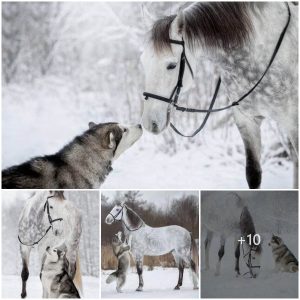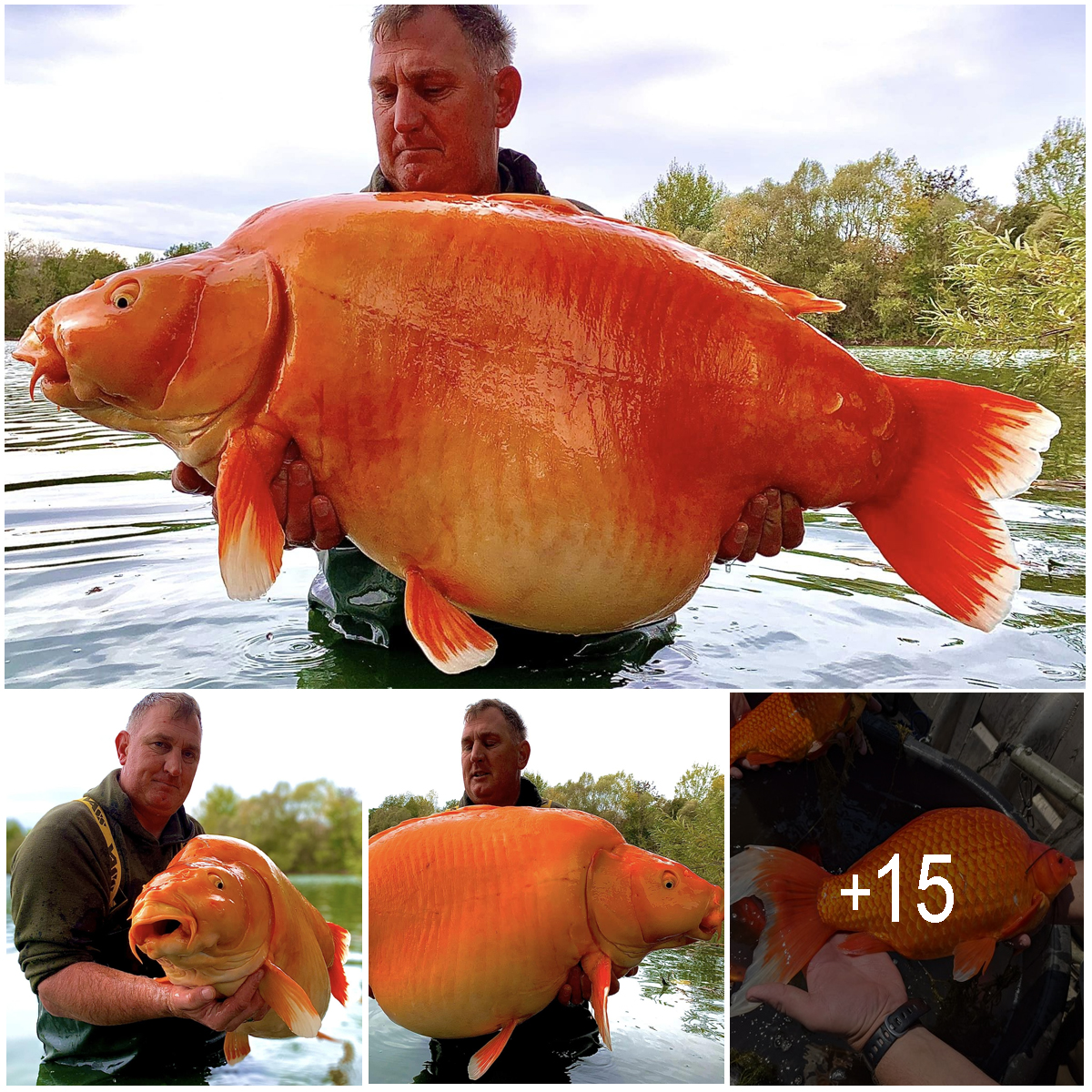Horses have always played a significant role in human society. From facilitating transportation and agriculture in ancient times to providing sports and entertainment in the modern era, horses have been woven into the fabric of human history and culture.
Among the many roles horses play today, their involvement in sporting events is perhaps the most exhilarating to witness.
Equestrian competitions showcase not only the grace, speed, and power of these magnificent creatures but also the skills of their riders.
Below is a list of the common types of horse sports, shedding light on their rich histories, unique characteristics, and contemporary practice.
Show Jumping

Show jumping, sometimes known as stadium jumping or open jumping, is a popular horse sport globally. The aim of the sport is to jump over a series of obstacles within a set course in the quickest time possible, without knocking down any of the fences.
The course is designed to test the agility, accuracy, and partnership between the horse and its rider. Competitions are usually divided into different rounds, and penalties are given for knocked down fences, refusals to jump, or exceeding the time limit.
The sport demands intense training and trust between the horse and rider, with both needing to demonstrate physical fitness and mental alertness.
Dressage

Often referred to as “dancing with horses,” dressage is like the ballet of the horse world; when done well, it is graceful, elegant, and full of power.
The purpose of dressage is the athletic development of the horse, and it can take over 10 years to develop the horse’s strength, balance and skill to the level required at the top.
At a basic level, the goal is rhythm and relaxation. It can take 10 years to work up through the scales of training to the sport’s top level. Successful training is demonstrated in competition through the performance of tests of prescribed movements, each awarded a score out of 10.
Judges are looking for horses that perform the movements in a calm, supple and flowing manner.
The very best dressage riders make it look like they are not even moving in the saddle while performing intricate and demanding steps such as piaffe or flying changes.
Cross-country
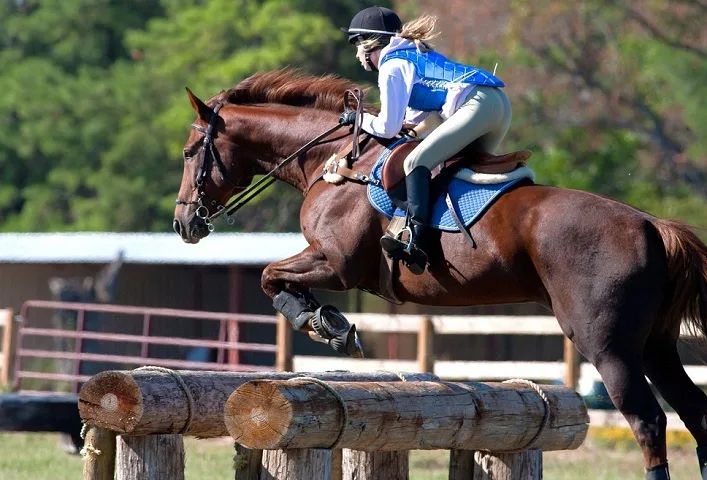
Cross-country equestrianism is a test of speed, stamina, and jumping ability, making it one of the most thrilling equestrian sports. Originating as a military exercise, it’s now one of the three phases of eventing, often taking place on the second day following dressage, and preceding show jumping.
A cross-country course involves multiple jumps over natural and man-made obstacles such as ditches, water, logs, and stone walls. These courses are usually several kilometers long and require the horse and rider to exhibit not only physical prowess but also a strategic understanding of the course and its challenges.
The objective of cross-country riding is to complete the course with the fastest time while avoiding penalties. Penalties can be accrued for refusals at jumps, falls, or exceeding the optimum time. This phase of eventing is particularly demanding as it tests the partnership between horse and rider, their bravery, and their physical condition.
Eventing

Eventing, often known as horse trials, is a triathlon for horses that includes dressage, cross-country, and show jumping. This challenging and intense sport originated from military tests and showcases the versatility and endurance of horses.
The horse must be calm and obedient enough to perform a dressage test, sufficiently athletic to complete a round of show jumping and then fit, fast and bold enough to tackle a cross-country course of between 20 – 30 obstacles over varying terrain.
Competitions are either short or long format. The short format means all three activities take place on one day. In long format, the three tests remain the same but run in a different order and with the addition of roads and tracks and steeple chase.
On day one, riders complete the dressage test. Day two has 3 parts; roads and tracks ridden at a steady trot, then a steeple chase ridden at a fast gallop. Once the horse is cleared by the vet check after the steeple chase, the last part is a timed cross-country course.
Day three decides the overall placings with the show jumping round. This is probably the ultimate test of the horse’s fitness, toughness and training.
Showing

Showing, also known as breed showing or horse conformation, involves horses being exhibited and judged on their suitability for breeding, their conformation to breed standards, and sometimes their manners.
This sport can encompass a wide variety of classes, including hunter classes, halter classes, and saddle seat classes.
Exhibitors typically dress formally, and the horses are groomed meticulously. The judges evaluate the horse’s movement, demeanor, and how well they meet their breed’s standard.
Horse Polo
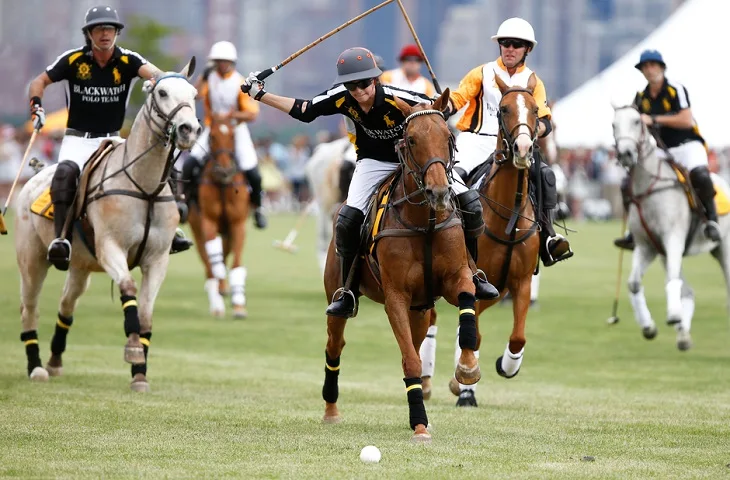
Polo is an equestrian team competition with a rich history that stretches back over two millennia. Initially developed in ancient Persia and later in India as a training activity for cavalry units, it has evolved into a distinguished sport enjoyed by royalty and commoners alike worldwide.
The game pits two teams, each comprising four riders, against each other in a thrilling contest of skill and strategy, where the objective is to score as many goals as possible.
A typical polo match lasts approximately 1.5 to 2 hours and is segmented into 7-minute periods known as “chukkas.” Each chukka represents a frenzied burst of activity, after which players are granted a 4-minute interval for rest and strategy discussion.
At the midway point of the game, there is a more extended 10-minute halftime break. Because of the sport’s high intensity and the physical demands it places on the horses, players at the top level commonly switch horses every few chukkas.
The safety of both players and horses is paramount in polo. To ensure this, umpires closely monitor each match, vigilantly enforcing the rules and regulations of the game. Central to these rules is the principle of the “line of the ball” or the “right of way.” The player who strikes the ball is typically granted the right of way, and other players are prohibited from crossing the ball’s path in front of that player.
The sport of polo is not just about hitting the ball; it also involves strategic blocking and body-checking maneuvers, akin to those seen in hockey. Players can use their mallets to obstruct an opponent’s swing, or perform a “bump” or “ride-off” to displace an opponent from the ball.
This combination of skills – riding, ball control, strategic blocking, and teamwork – makes polo a complex, dynamic, and exhilarating sport.
Horse Racing
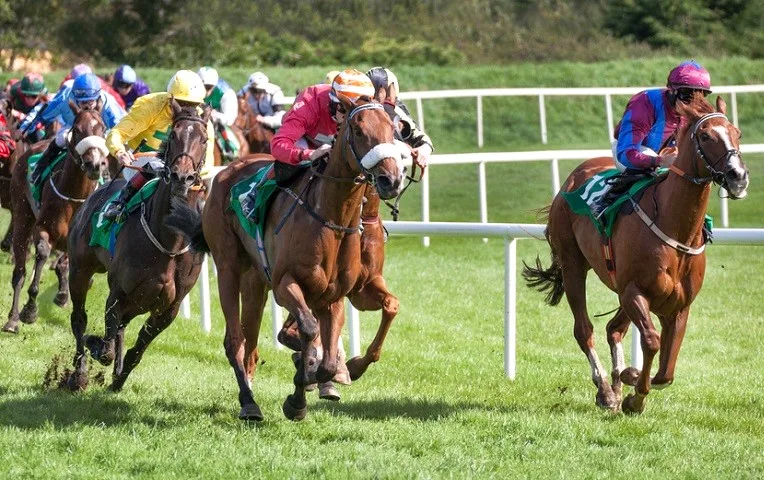
Horse Racing is one of the most popular and commercially successful horse sports worldwide. The thrill of speed, combined with the elements of betting and fashion, makes it an appealing spectator sport.
Horse Racing comprises two main types: Flat racing, conducted on a level racecourse without obstacles, and Jump racing (or steeplechasing), where horses race over obstacles.
Thoroughbreds are most commonly used in racing due to their exceptional speed and agility.
This sport requires a strong understanding of a horse’s abilities and strategic use of pace and positioning to outperform other competitors.
Equestrian Vaulting
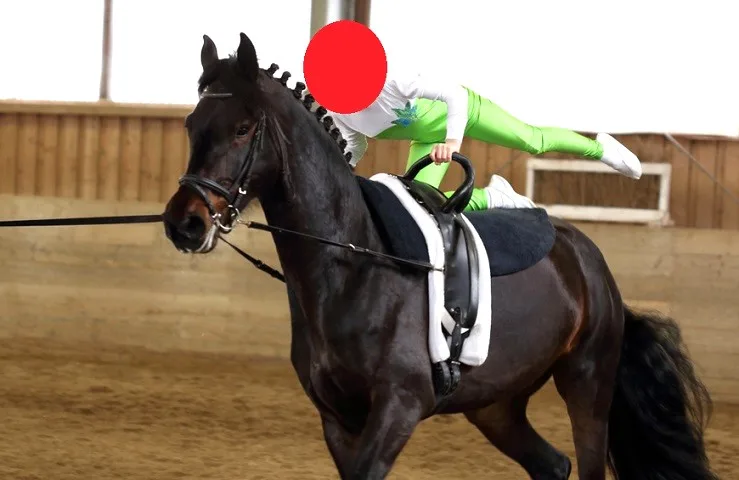
Vaulting has been described as gymnastics on horseback. It was a popular sport in Roman times evolving into circus bareback riding, trick riding, and more recently, a highly competitive international sport.
The sport involves individuals or groups of up to 3 riders performing movements on a horse whilst they are being lunged on a 15 metre circle in canter. There are 2 rounds – the compulsory routine and the freestyle.
Movements are choreographed to demonstrate beauty, brilliance, power, strength, and elegance, all in harmony with the horse.
All vaulting tests are scored with an overall score out of 10 and judging is based on technique, form, difficulty, balance, security and consideration of the horse. The horse’s way of going makes up 20% of the final score.
Reining
Reining is a western riding competition where riders guide horses through a precise pattern of circles, spins, and stops.
Originating from working cattle, the sport is designed to show the athletic ability of ranch-type horses in the confines of a show arena.
In reining, horses are judged on their responsiveness to the rider and their ability to perform the required movements with speed and agility, all while appearing willing and easy to guide.
Cutting
Cutting is a sport that developed on the ranch. It requires horse and rider to demonstrate their skill in separating (or cutting) individual cows from the herd.
The rider tells the horse which cow to separate from the herd, then drops the reins. The horse takes control of the cow the rider has picked and must be smart and athletic enough to keep the cow in the middle of the pen away from the herd.
This discipline has been described as “the horse’s dance of mastery over a cow”.
Gymkhana
Gymkhana is a speed-pattern racing and timed games for riders on horses. These events often emphasize children’s participation and may be organized by a recognized Pony Club or a 4-H club.
Gymkhana events include games such as pole bending, where the rider and horse weave through a series of poles; barrel racing, where riders maneuver around a pattern of barrels; and keyhole race, where the horse and rider run through a “keyhole” marked out with chalk or other means.
Barrel Racing

Barrel racing is a rodeo sport in which horse and rider must navigate 3 barrels in a cloverleaf pattern in the fastest time. The barrels are arranged in a triangle formation, one directly ahead, one to the left and one to the right.
From a standing start horse and rider must complete the pattern around the barrels from left to right and back as fast as possible. The fastest run wins, although there are penalties for hitting or knocking over a barrel.
Endurance
Endurance Riding, already covered earlier in the article, is a long-distance competition designed to test a horse’s fitness and endurance. The distances ridden can range from 25 to 100 miles in a single day.
This sport is less about speed and more about the strategy of maintaining a horse’s stamina and soundness over the lengthy course.


